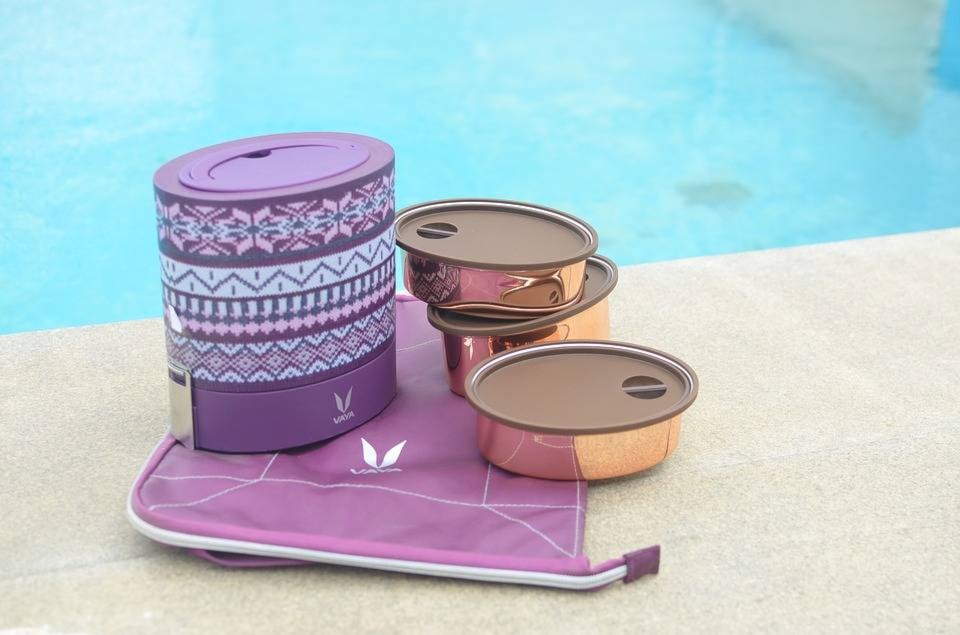As part of my editor role for a digital publication for Asian millennials, I have the great pleasure of reading personal stories written by North American Asians. As I work to categorize these stories, I find many of them belong under the heading ‘Identity.’
Who am I? Am I Asian? Am I Canadian? Can I be both? What does that mean?
There are stories from adoptees who were raised in non-Asian families in predominantly white neighbourhoods. There are stories of people returning to their family’s country of origin to explore their roots.
And stories from people who call themselves biracial or mixed race, wondering if they belong to one or the other, something separate from either, or perhaps they belong to both.
They are fascinating and, like most things I read, they have me thinking about my own identity and how it changes in different settings.
I’ve come to realize that we are much more complex and diverse than we may appear on the outside. We may have the physical characteristics of a certain ‘race’ or, if we have multiple countries of origin in our bloodlines, we may be able to pick apart, say, the curly hair of one and the eye colour of another. But also in our makeup is the culture in which we are raised (or cultures, for those of us whose culture in the home was different from the values or beliefs outside the home).
There is also the heritage we gathered from spending time in other countries somewhere along the way.
For example, in my history there is a three-generation period of time spent in East Africa, peppering my Indian language with Kiswahili words, offering ugali as an option for rice and infusing other cultural elements into my day-to-day.
Do I have African DNA? Not a drop (if I am to believe the ancestry DNA test I did earlier this year).
But hakuna matata was a part of my vocabulary before The Lion King arrived, and when I heard my parents say the words ‘back home,’ I knew they meant the white sand beaches of Mombasa.
My DNA test tells me it is confident that I am 94 per cent South Asian. That’s about as South Asian as one can get.
But when I speak to a newly-arrived woman from India, as I did just the other day, the cultural differences are glaring. While I could connect with what she was asking me (how many tiffins do I send with my child to school each day?) because I know what a tiffin is and because I know that somewhere in my history, the women in my family prepared these for their husbands to take to work, I have never considered sending one to school with my children. When I responded to her about lunch kits and Tupperware containers, I sounded so…Canadian.
When I was in Grade 4, I helped a newly-arrived Indian boy in my class learn English vocabulary. Our teacher would set us outside in the hall with flashcards, and I helped him pair words with pictures. I related to him in a different way than I did with this mom the other day. Maybe it’s because as a child, I still felt ‘new’ even though Canada was all I had experienced. Now, I don’t feel ‘new’ but I don’t feel like my friend, who is 12th generation Canadian. And I wonder, when my children are in their 40s, how they will identify. Likely, quite differently than I do.
This is the tangled, complicated and beautiful reality for so many of us; our identities change over time and in different settings. There are things we want to preserve and some things that, whether we like it or not, will slip through our fingers as time passes on.
And in those times, when I feel less Indian than maybe I want to, I have to find another part of my identity that can connect with someone who is just starting out here, enrolling their child in kindergarten after having moved across continents. In that moment, I am simply a mom helping another mom try to settle her family in a new country. That is certainly in my makeup, even if it can’t be measured by a test.
Columnist Taslim Jaffer writes monthly on multicultural connections.
